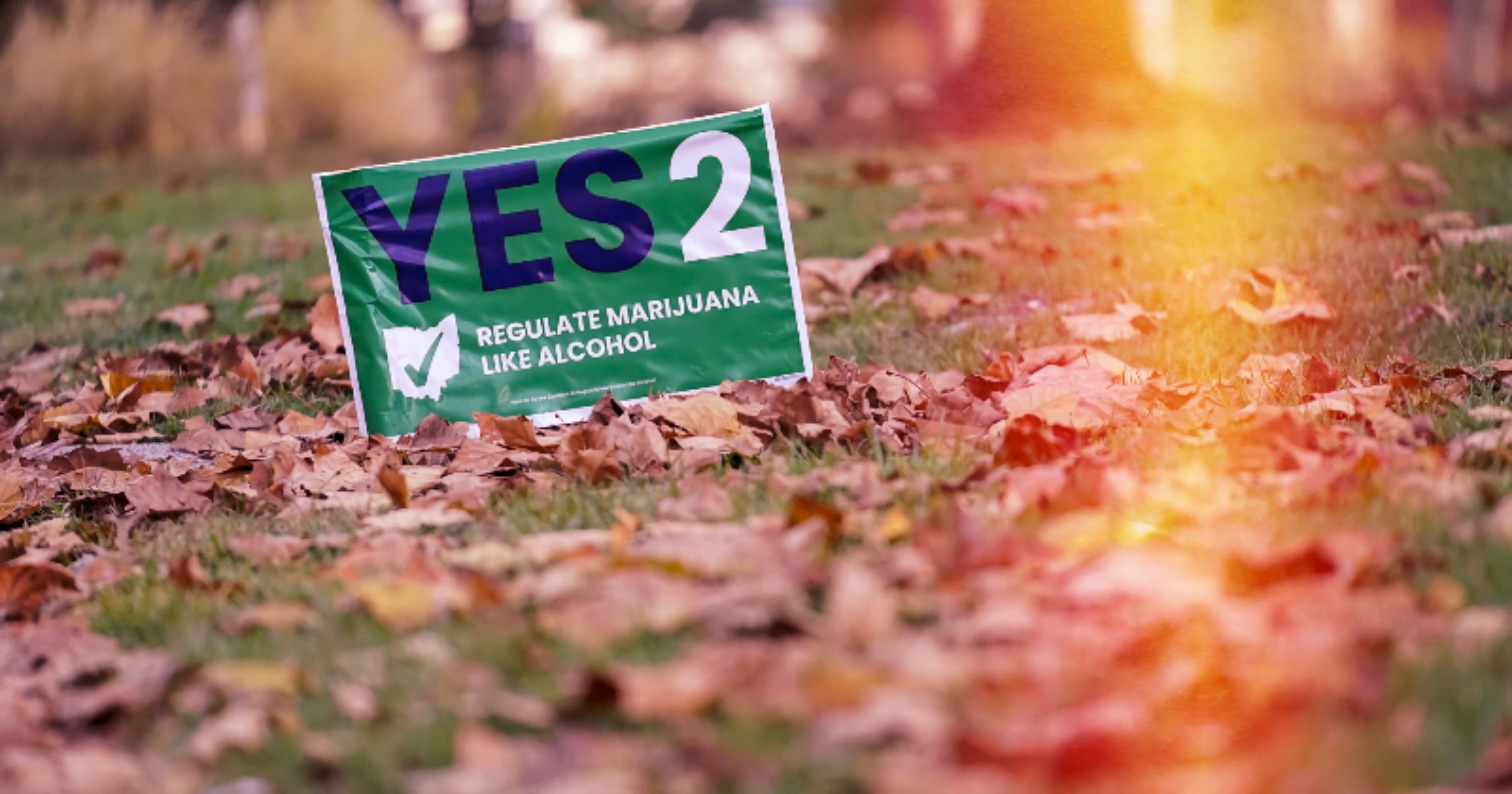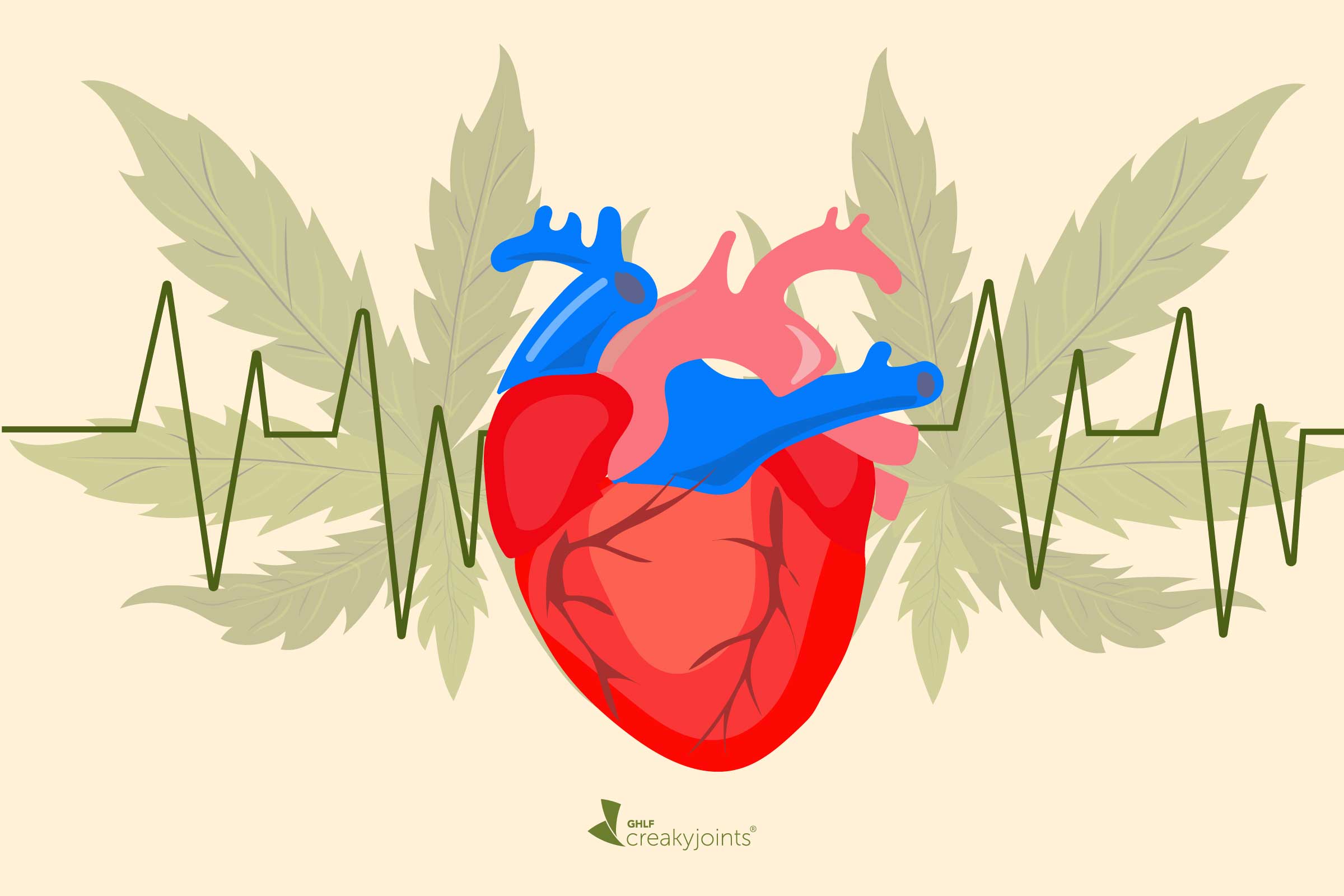
According to the National Institute of Health (NIH), marijuana and hallucinogen usage among young adults aged 19-30 has increased significantly from 10 years ago. Within this study, it was also found that “past-month” vaping levels have rebounded from the early pandemic drop. The NIH also stated that the increases in marijuana and hallucinogen use is at the highest recorded level since 1988. Other studies within the report also suggest that nicotine vaping has steadily been increasing among younger adults over the last 4 years.
Although many other substance studies have been done confirming the rise in substance uses among young adults, alcohol remains the most used substance among those aged 19-30.
“As the drug landscape shifts over time, this data provides a window into the substances and patterns of use favored by young adults. We need to know more about how young adults are using drugs like marijuana and hallucinogens, and the health effects that result from consuming different potencies and forms of these substances… Young adults are in a critical life stage and honing their ability to make informed choices. Understanding how substance use can impact the formative choices in young adulthood is critical to help position the new generations for success.” said National Institute on Drug Abuse Director Nora Volkow, M.D.
Included below is information directly from the NIH on each of the substances and the tests.
Marijuana Use: Past-year, past-month, and daily marijuana use (use on 20 or more occasions in the past 30 days) reached the highest levels ever recorded since these trends were first monitored in 1988. The proportion of young adults who reported past-year marijuana use reached 43% in 2021, a significant increase from 34% five years ago (2016) and 29% 10 years ago (2011). Marijuana use in the past month was reported by 29% of young adults in 2021, compared to 21% in 2016 and 17% in 2011. Daily marijuana use also significantly increased during these time periods, reported by 11% of young adults in 2021, compared to 8% in 2016 and 6% in 2011.
Hallucinogen Use: Past-year hallucinogen use had been relatively stable over the past few decades until 2020, when reports of use started to increase dramatically. In 2021, 8% of young adults reported past-year hallucinogen use, representing an all-time high since the category was first surveyed in 1988. By comparison, in 2016, 5% of young adults reported past-year hallucinogen use, and in 2011, only 3% reported use. Types of hallucinogens reported by participants included LSD, MDMA, mescaline, peyote, “shrooms” or psilocybin, and PCP. The only hallucinogen measured that significantly decreased in use was MDMA (also called ecstasy or Molly), showing statistically significant decreases within one year as well as the past five years – from 5% in both 2016 and 2020 to 3% in 2021.
Vaping: Nicotine vaping in the past month increased significantly among young adults in 2021 despite leveling off in 2020 during the earlier part of the pandemic. The continued increase in 2021 reflects a general long-term upward trend: in 2021, nicotine vaping prevalence nearly tripled to 16% compared to 6% in 2017, when the behavior was first recorded.
Prevalence of marijuana vaping in the past month among young adults had significantly dipped in 2020 but returned to near pre-pandemic levels in 2021. Since 2017, when marijuana vaping was included in this study, past-month prevalence has doubled – from 6% in 2017 to 12% in 2021.
Alcohol Use: Reports of binge drinking by young adults – defined as having five or more drinks in a row in the past two weeks – returned to pre-pandemic levels in 2021 after significantly decreasing in 2020 (32% reported in 2021, versus 28% in 2020 and 32% in 2019). High-intensity drinking, defined as having 10 or more drinks in a row in the past two weeks, was at its highest level since it was first measured in 2005, reported by 13% of young adults in 2021, compared with 11% in 2005. However, past-month and past-year alcohol use, and daily drinking have been on a downward trend in young adults for the past 10 years. For example, in 2021, 66% of young adults reported alcohol use in the past 30 days, a significant decline from 70% recorded in 2016 and 69% in 2011.
More studies are supposed to be coming out within the next decade due to the legalization of substances like marijuana and hallucinogens. With marijuana legalization happening constantly and many other states decriminalizing hallucinogens, expect more detailed reports in the years to come
You can read the entire report on the National Institutes of Health’s website linked here.
Views: 6







